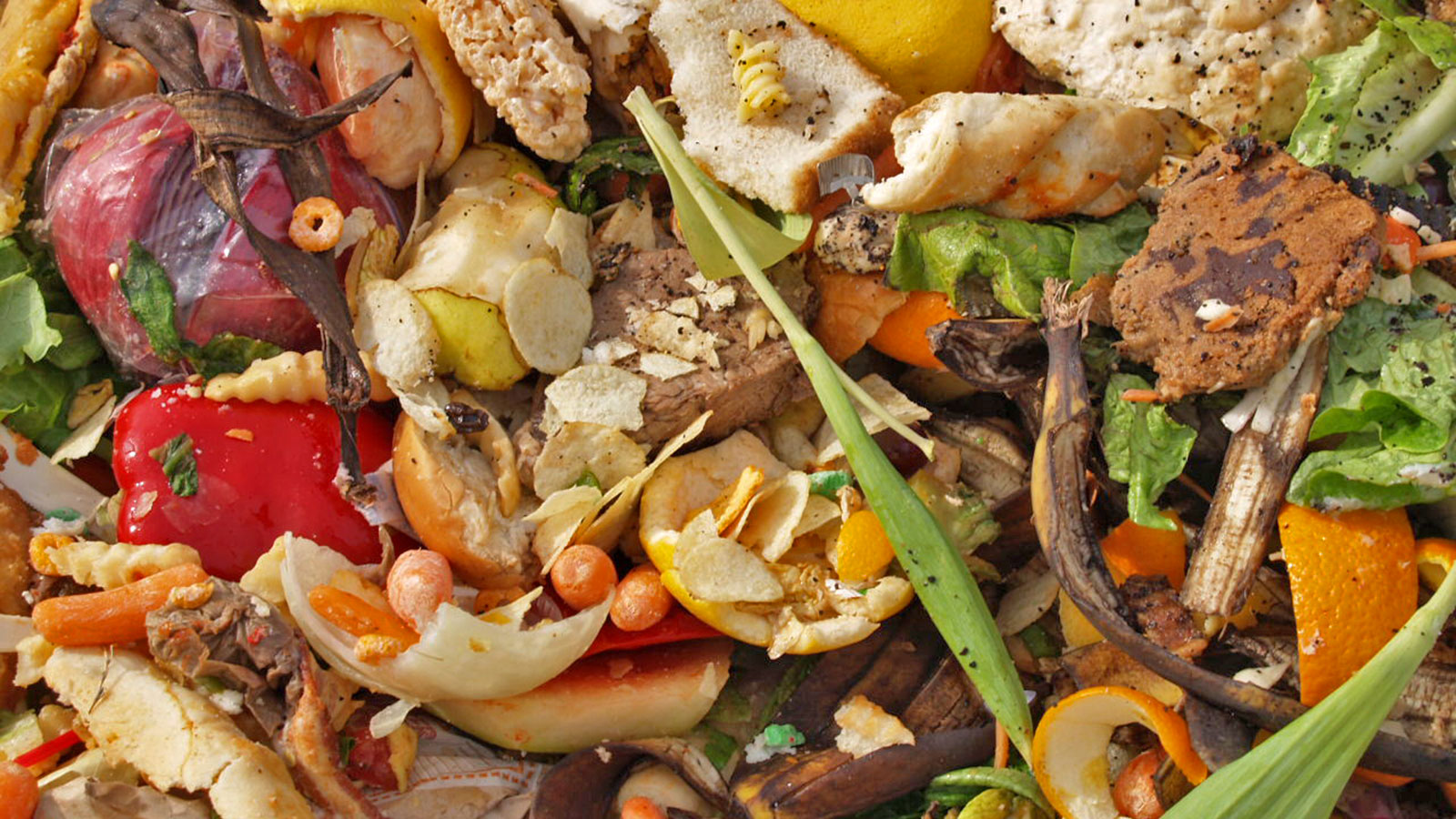Food expiration dates are for wussies. No seriously, they’re really not that important. Dates on labels like “best by,” “best-before,” or “enjoy by” are actually just guidelines from food manufacturers advising retailers when they think their food will be the tastiest. More often than not, most food is edible for days or weeks after the suggested date on a label.
That means most of us are probably throwing away hard-earned groceries. We toss about 40 percent of all the food we buy, or more than 20 pounds per person each month. Cue Bump Mark, a new food label meant to safeguard against unnecessary tossing.
The label is made of four different layers from top to bottom: plastic film, a layer of gelatin, a plastic bump sheet, and another piece of plastic film. As the food inside the package starts to decay, so does the gelatin in the label. By the time both the food inside and the gelatin have expired, all that’s left on the label is the layer of bumps. As long as the label is still smooth to the touch, the food is still OK to eat. The Washington Post reports:
“Because gelatin is a food, the same things affect it as the food inside a package,” explains London-based designer Solveiga Pakstaite, a finalist for the James Dyson Award. “It has an interesting property that when it expires, it turns back into a liquid. I couldn’t just use any natural substance — it had to be one that changes its state.”
By changing the concentration of gelatin, the designer can match the label to specific foods. A weak concentration breaks down faster, and works for foods such as milk and meats that don’t last as long. For any given food, the label can be adjusted to degrade at exactly the same rate. “You can actually adapt this to any kind of product,” Pakstaite says.
Pakstaite, who is currently looking for a commercial partner to back Bump Mark, predicts that her food label of the future will probably cost a bit more than a standard sticker. A slightly more expensive label seems like a small price to pay, though — especially given that in America alone, the amount of food we throw out tops $165 billion each year and is responsible for about a quarter of our methane emissions once it starts rotting in a landfill. It’s enough to make you think twice before cleaning out the fridge.



